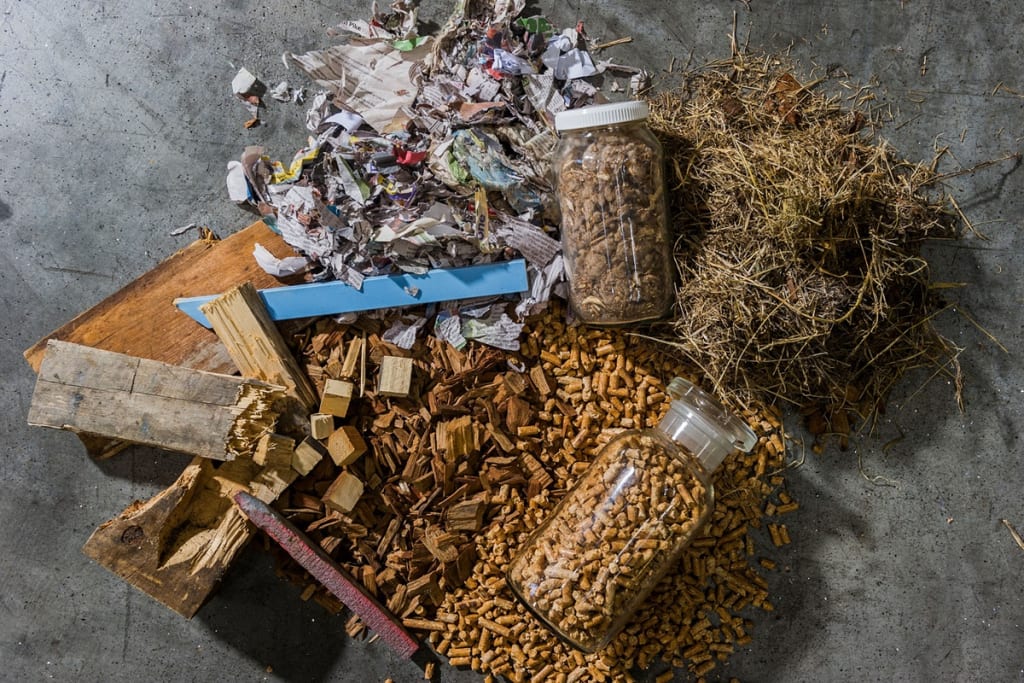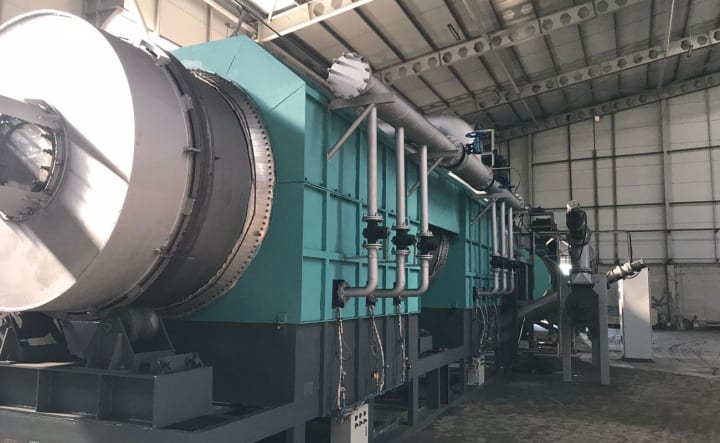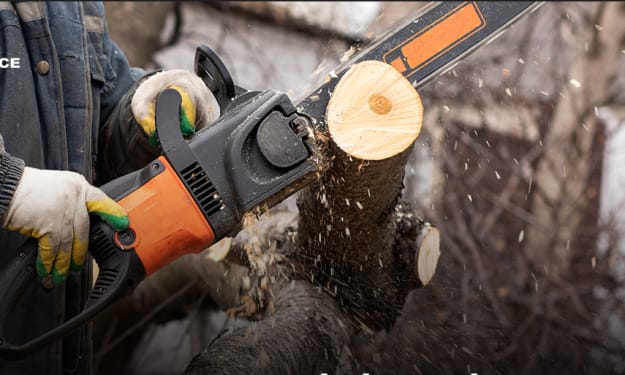Biomass Pyrolysis Technology
Change Waste Management Across Industries

In the dynamic landscape of waste management, biomass pyrolysis technology emerges as a transformative force, offering sustainable solutions to the burgeoning waste challenges faced by various industries. This cutting-edge approach capitalizes on the principles of thermal decomposition to convert organic materials into valuable products, mitigating environmental impact and fostering resource efficiency.
The Essence of Biomass Pyrolysis
At the core of this paradigm-shifting technology lies the biomass pyrolysis plant, a sophisticated facility designed to harness the latent energy within organic matter. The process involves subjecting biomass, such as agricultural residues, wood chips, or municipal solid waste, to high temperatures in an oxygen-deprived environment. This controlled thermal breakdown results in the production of three distinct products: biochar, bio-oil, and syngas.
Biochar: The Carbon-Enriched Residue
Biochar, a carbonaceous residue, stands as a hallmark of biomass pyrolysis. This porous material not only sequesters carbon effectively but also enhances soil fertility when employed as a soil amendment. Its unique ability to retain water and nutrients makes it a compelling choice for sustainable agriculture practices, offering a dual benefit of waste management and agricultural enhancement.
Bio-oil: Liquid Gold from Biomass
In the realm of liquid byproducts, bio-oil takes center stage. A versatile substance with applications ranging from biofuels to specialty chemicals, bio-oil embodies the essence of turning waste into a valuable resource. Its potential as a renewable alternative to traditional fossil fuels positions biomass pyrolysis as a pivotal player in the pursuit of greener energy solutions.
Syngas: A Gaseous Commodity
Syngas, a gaseous mixture of carbon monoxide and hydrogen, emerges as a valuable commodity with diverse applications. From serving as a precursor for chemical synthesis to acting as a clean fuel source, the versatility of syngas underscores the multifaceted benefits derived from biomass pyrolysis.

Navigating Industries with Biomass Pyrolysis
Industries grappling with mounting waste predicaments find a beacon of hope in the form of biomass pyrolysis technology. The ability to process a spectrum of feedstocks renders it an adaptable solution across sectors such as agriculture, forestry, and municipal waste management.
Agricultural Residues: From Byproduct to Resource
Agricultural residues, often considered a byproduct of cultivation, find redemption through biomass pyrolysis. The technology facilitates the conversion of these residues into biochar, fostering a circular economy where waste transforms into a resource for sustainable farming practices.
Forestry Waste: Tapping into Nature's Surplus
Forestry waste, a consequence of sustainable forest management practices, can burden ecosystems if not managed effectively. Biomass pyrolysis steps in as a pivotal tool to convert this waste into bio-oil and syngas, presenting an opportunity to harness nature's surplus for constructive purposes.
Municipal Solid Waste: Addressing the Urban Challenge
The urban sprawl generates a colossal amount of municipal solid waste, demanding innovative solutions. Biomass pyrolysis plants, also called as charcoal maker machine, strategically placed in urban centers can play a pivotal role in processing this waste, simultaneously reducing landfill pressure and contributing to the production of bio-based products.
Overcoming Challenges and Future Prospects
Despite its promising outlook, biomass pyrolysis technology faces challenges such as scale-up costs and technological optimization. However, ongoing research and development endeavors aim to surmount these hurdles, paving the way for broader adoption and integration into mainstream waste management practices.
As the global community intensifies its commitment to sustainable practices, biomass pyrolysis technology stands poised to become a linchpin in the waste-to-resource continuum. The convergence of environmental stewardship, technological innovation, and economic viability positions biomass pyrolysis as a beacon of hope in the pursuit of a greener, more sustainable future across diverse industries.
In conclusion, the marriage of sophisticated biomass pyrolysis plants and advanced pyrolysis processes marks a revolutionary approach to waste management. By converting organic waste into valuable products like biochar, bio-oil, and syngas, this technology not only addresses environmental concerns but also provides industries with a pathway to resource efficiency. As the momentum for sustainable practices builds, biomass pyrolysis emerges as a key player in reshaping the landscape of waste management.
About the Creator
Enjoyed the story? Support the Creator.
Subscribe for free to receive all their stories in your feed. You could also pledge your support or give them a one-off tip, letting them know you appreciate their work.






Comments
There are no comments for this story
Be the first to respond and start the conversation.